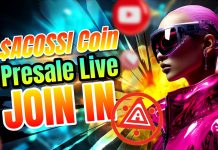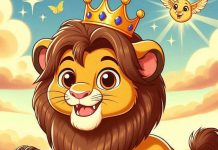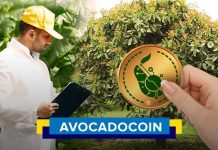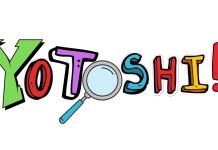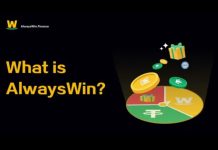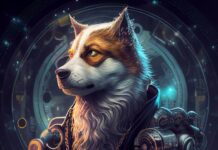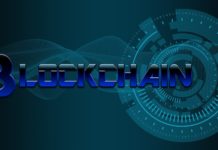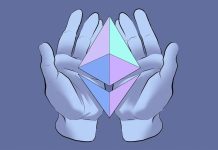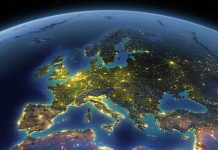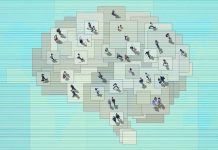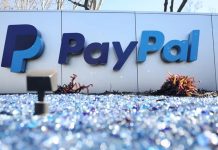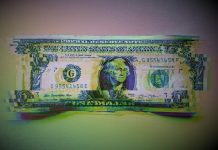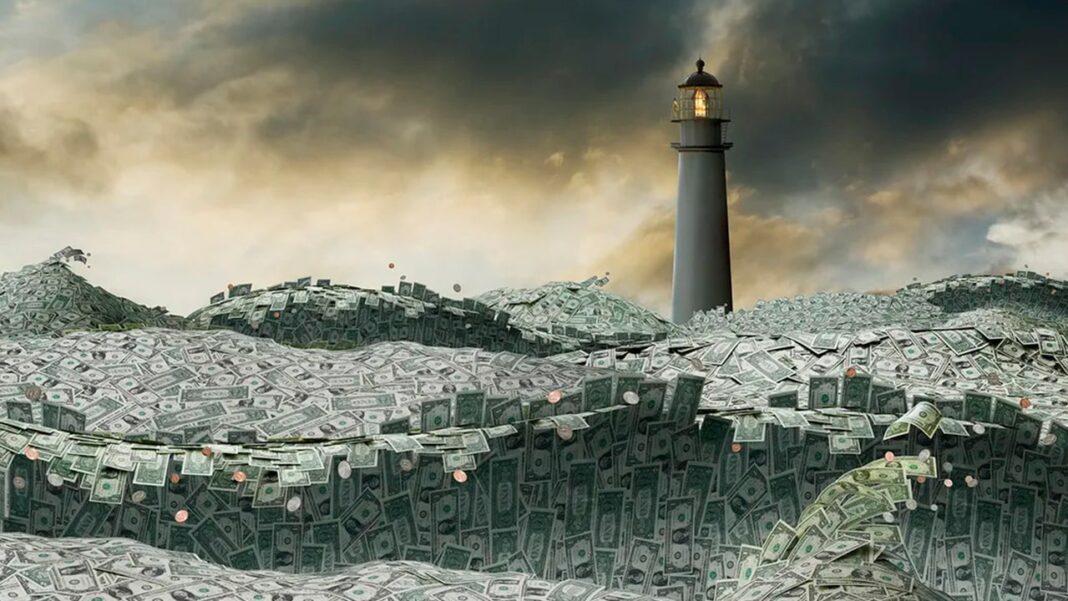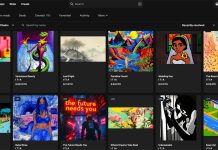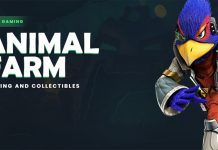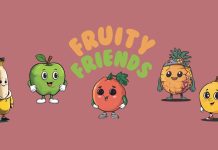Isn’t it time to make inclusivity and accessibility as much of a priority for NFT marketplaces like OpenSea or Blur as floor prices seem to be?
J.D. Lasica is the CEO of Amberfi, an NFT marketplace geared towards creators. This article is part of CoinDesk’s “Culture Week.”
Take a tour of the major NFT marketplaces and you’ll see a steady stream of copycat generative art projects. Many of these are wickedly fun and provide value to both creators and collectors, but it’s time to unlock the door and let in the millions of artists from six continents who are still sitting on the sidelines.
What are they waiting for? I’ve been asking that question of hundreds of creatives, artists and photographers from South America, Africa, the Caribbean, Asia and elsewhere.
Overwhelmingly, these creatives tell us they see the current NFT landscape as largely a playground for Western, Euro- and American-centric visual artists – a reflection of the traditional art world, with a strong technological patina slathered on top.
Western art continues to dominate NFT land and is often seen as more valuable and prestigious than art from other cultures, which can limit the visibility and recognition of non-Western art forms.
That’s not to say non-western creatives aren’t welcome in Web3. They are, if you make a concerted search on Foundation, SuperRare, Rarible, Nifty Gateway, OpenSea and other platforms.
Still, many artists are not yet seeing their works attain any sort of meaningful value in this burgeoning new ecosystem. Many feel caught in a self-perpetuating cycle where Western art is seen as more valuable simply because it is more frequently bought and sold.
When speaking with Caribbean artists, for example, we’ve encountered a profound mistrust of established Western institutions as a byproduct of hundreds of years of colonialism.
The entire history of the Caribbean, you could say, has been one big rug pull.
In today’s digital age, the world of art is constantly evolving and new technologies are opening up exciting new possibilities for creators. One such innovation is the rise of NFTs, which are digital assets that allow artists to monetize their work in new and innovative ways.
Recently, I had the pleasure of speaking with Gus Adolfo, a talented Puerto Rican artist who is embracing this new technology and planning to release his first NFT collection in the coming months. As we chatted in a crowded cafe in Old San Juan, Gus shared his perspective on the unique cultural heritage of the Caribbean.
The people of the Caribbean have a rich and complex history, one that has been shaped by both conquest and colonization, he said. This legacy has left many Puerto Ricans feeling defensive and wary of outsiders thanks to the weight of historical baggage that has been passed down through generations.
What can be done, in light of historical injustices and power imbalances that exist to this day? I asked.
Should we create a more inclusive and equitable ecosystem where artists from all backgrounds can thrive by encouraging NFT marketplaces to promote a wider range of underrepresented artists and art forms?
Should we prod collectors and galleries to diversify their collections and break down the biases and assumptions that underlie the dominance of classic Euro-centric art?
Should we launch education and awareness-raising campaigns to promote diversity and inclusivity in the NFT world?
Gus smiled. “I feel it starts with the individual. I’m proud of my Caribbean essence and Puerto Rican heritage. We’re doing a lot of healing work. Getting in touch with our ancestral roots,” he said.
Ultimately, he sees the rise of NFTs as an opportunity to celebrate and share his culture with the world, one collector at a time. By embracing this new technology, he hopes to not only monetize his art but also to spread awareness and appreciation for the stories and traditions of the Caribbean.
As we move forward into an increasingly globalized and interconnected world, it’s important that we take the time to celebrate and honor the diversity of our shared humanity. By embracing new technologies like NFTs, we can break down barriers and build bridges of understanding and appreciation between cultures and people, he suggested.
He mentioned that a lot of his friends are Latino artists, some of whom have left Puerto Rico for a better life on the U.S. mainland. “Some of them have been accepted. But some have been rejected, too. For me, moving away would be a false promise. Chasing the wrong thing.”
After all, the light that’s worth chasing isn’t out there.
He takes a long sip of his drink and looks around the room at the sea of bodies jostling for a seat at a table. “In the end, we are all made of light. I’m a light worker. Made of light, energy and frequency. I don’t have enlightenment. But I’m working on it. It all starts on the inside.”

